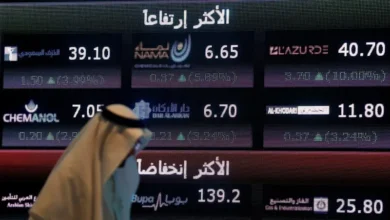Oil prices rise as markets weigh Middle East tensions, supply forecasts

Oil prices rose on Friday, heading for a weekly gain, as Middle East tensions and oil output disruptions caused by cold weather in the US, the world’s biggest producer, overshadowed concerns about the health of the Chinese and global economy.
Pakistan launched strikes on separatist militants inside Iran on Thursday in a retaliatory attack, while the US launched new strikes against Houthi anti-ship missiles aimed at the Red Sea.
Brent crude futures rose 26 cents, or 0.3 percent, to $79.36 a barrel by 0910 GMT, while US West Texas Intermediate crude futures (WTI) were up 20 cents to $74.28.
“While the price of crude remains sensitive to events in the Middle East, as we’ve seen over the last couple of weeks, the oil market remains well balanced,” said Craig Erlam, analyst at brokerage OANDA.
“Supply disruptions remain an upside risk but there are downside risks too including the global economy.”
For the week, the US benchmark is on track to rise about 2 percent while Brent is set to gain 1 percent. Both markers climbed on Thursday after the International Energy Agency (IEA) raised its 2024 oil demand growth forecast.
“As tensions in the Middle East are spreading, traders don’t want to take short positions, but they are also cautious about continuing to build long positions as China’s economic recovery remains slow,” said Hiroyuki Kikukawa, president of NS Trading, a unit of Nissan Securities.
Despite its higher demand growth forecast, the IEA’s projection is half that of producer group OPEC, and the Paris-based agency also said that – barring significant disruptions to flows – the market looked reasonably well supplied in 2024.
While the Middle East tensions have not shut down any oil production, supply outages continue in Libya and about 40 percent of oil output in North Dakota, a top producing US state, remained shut due to extreme cold as of Wednesday.











